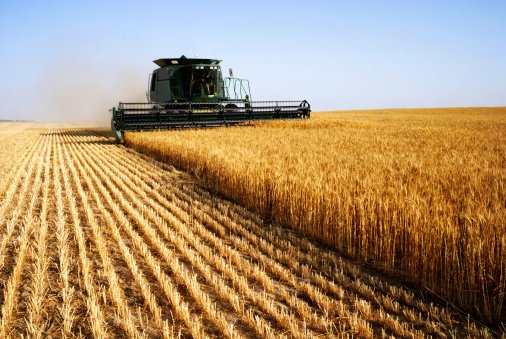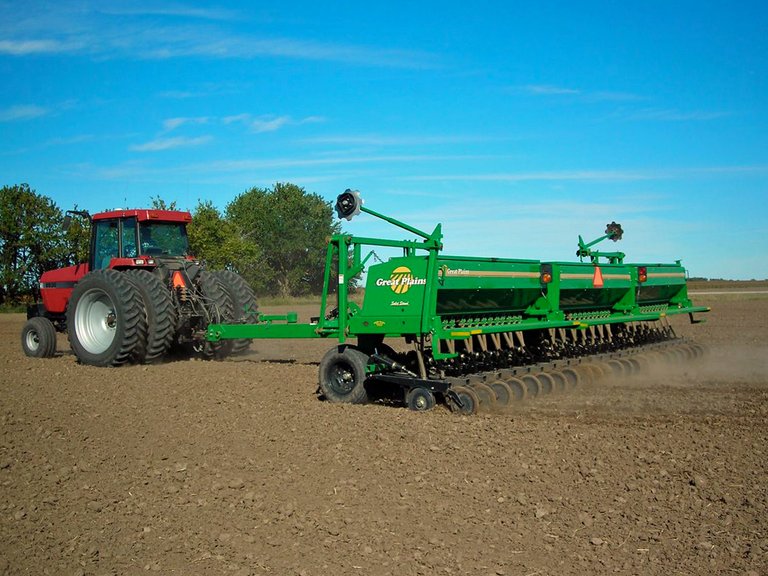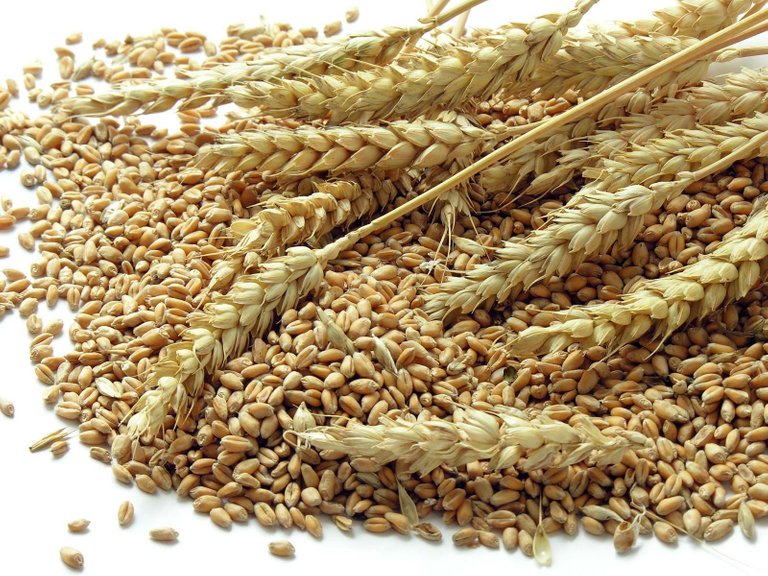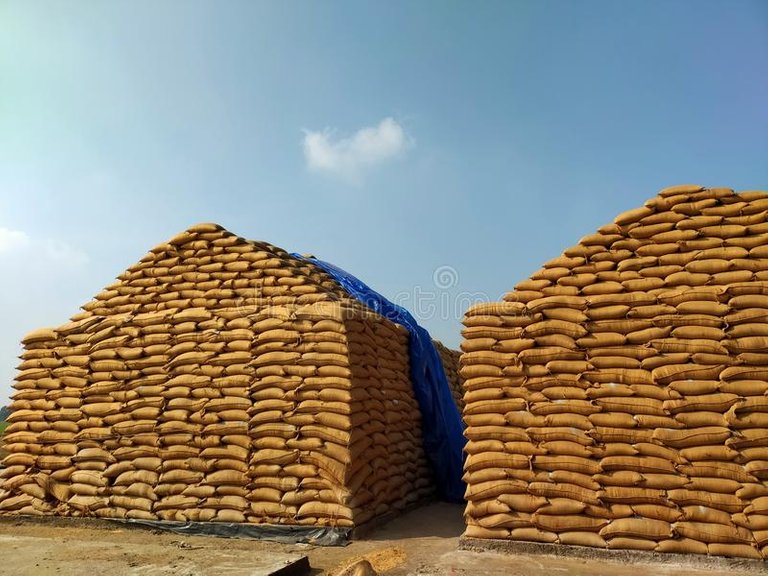Wheat is a very popular crop around the world. I mean, who doesn't know wheat.
But, as much as we all might acknowledge wheat as one of the most consumed plants on earth not a lot of people really know much about how the crop is cultivated or which specific nutritional values it has to offer.
That is why in this post I am going to talk about the production process of wheat from how it is planted, the nutrients it offers, harvesting, storage and processing.
First let's discuss the plant itself.
Wheat Plant
Wheat flour comes from the wheat plant which grows in form of a grass known as Triticum.
Produced in large quantities around the world, similar to crops like rice and plantain, wheat contains nutrients like fiber and protein that it supplies to help nourish the body.
In terms of health benefits, wheat can help in protecting the gut health through its provision of fiber. Although not all fiber supplied is useful for this purpose but some of it will be used in feeding some essential gut bacteria.
Wheat is also said to play a role in the prevention of colon cancer.
A matured plant can stand up to about 2 - 4 meters tall and appears with a golden-ish color when it is ready for harvest.
It is an annual plant which means every year there is a wheat planting season to look forward to.
Wheat planting process
Normally, wheat plant tends to survive and thrive with about 10 inches of rainfall at 10,000 feet above sea level.
Since wheat is grown all around the world, it means it can survive in almost any climate.
There are two popular planting seasons for wheat plants in the United States.
The first season starts around March which has given way to the produce being referred to as spring wheat.
The other season starts around December and the wheat from this season is known as winter wheat.
There are many seed varieties to choose from so one has to be careful to ensure that whatever choice is made is the best option for the soil texture and the environmental conditions of the farm.
Wheat seeds start germinating after they have absorbed enough water as much as 35 - 40% of the dry weight of each individual seed.
The germination process then continues enzyme activity that helps vitalize the embryo and ends when the radicle is fully formed and appears.
Harvesting Wheat
In order for wheat to be considered for ripe enough for harvest, the plant has to dry up to a point where the water content of the plant should be about 19-20%.
The color of the plant should be a shade of gold-yellowish/light brown with a brittle feel.
Wheat plant can be harvested by hand, with handy tools like shears or with farm machinery.
Storing Wheat
Cold temperatures do not actually damage wheat but the best condition fot he storage of wheat will be at a temperature between 40-60 o F.
Wheat can get damaged if not stored properly as different levels of humidity can cause different responses and reactions up until the humidity is high enough that wheat then degrades to an unfit for use state.
On the above note, one should ensure that wheat grain is stored properly in dry and cool place.




